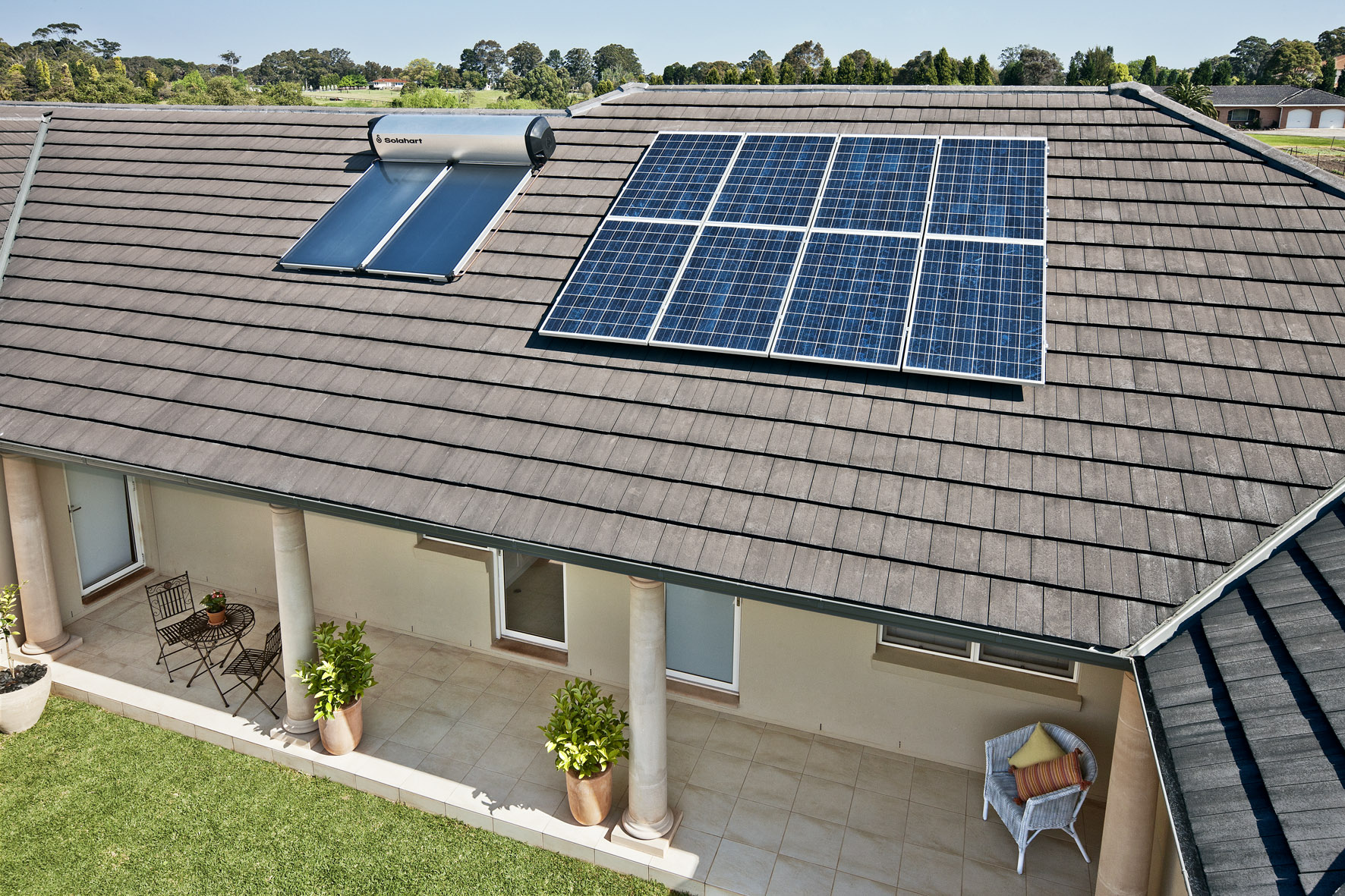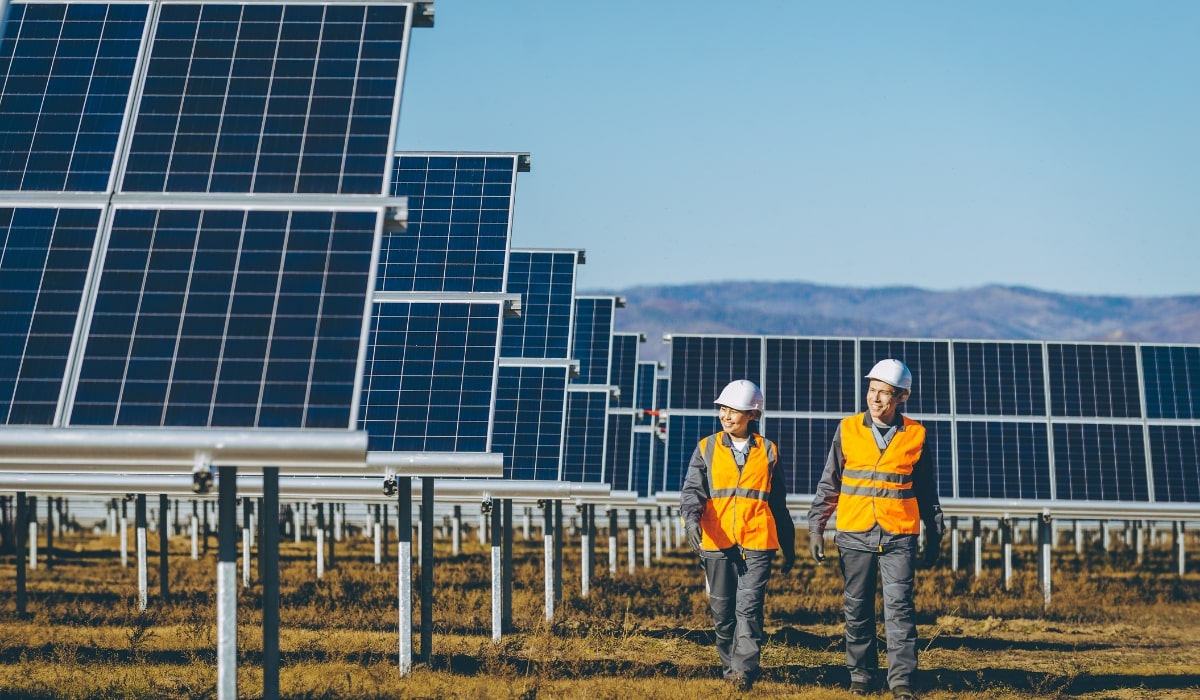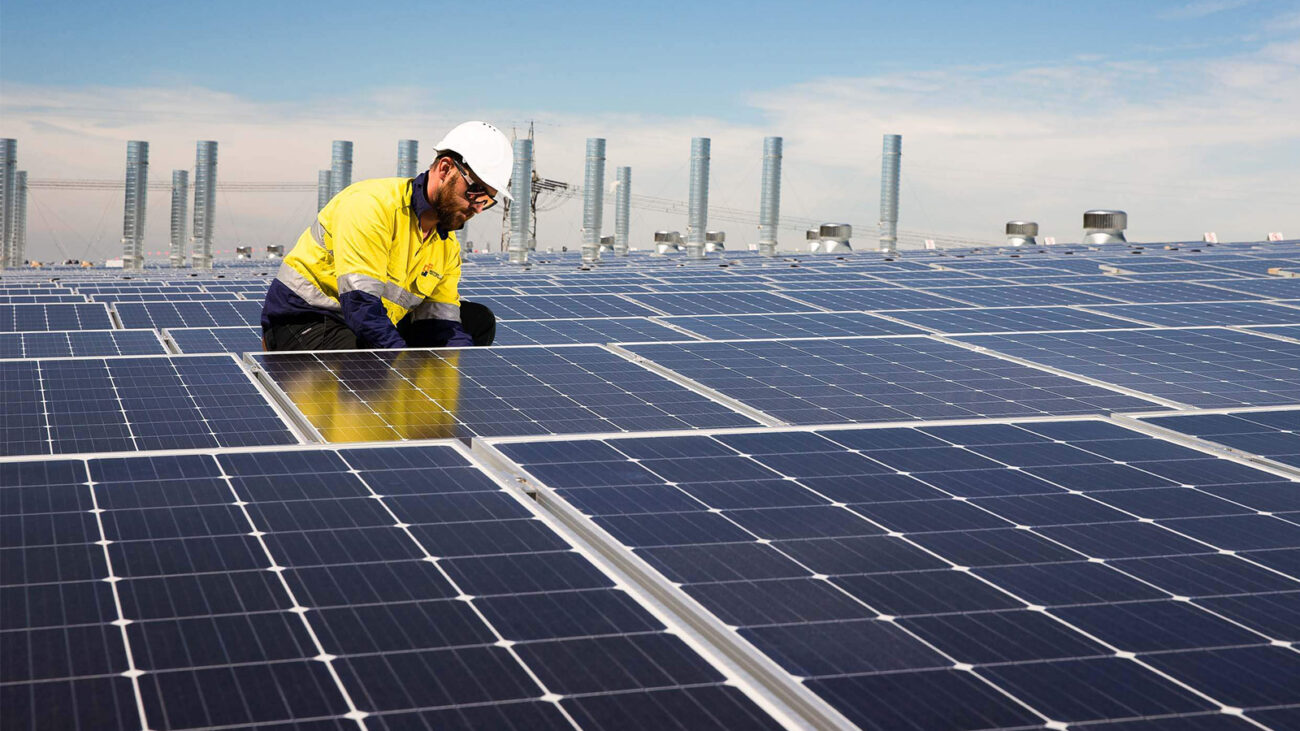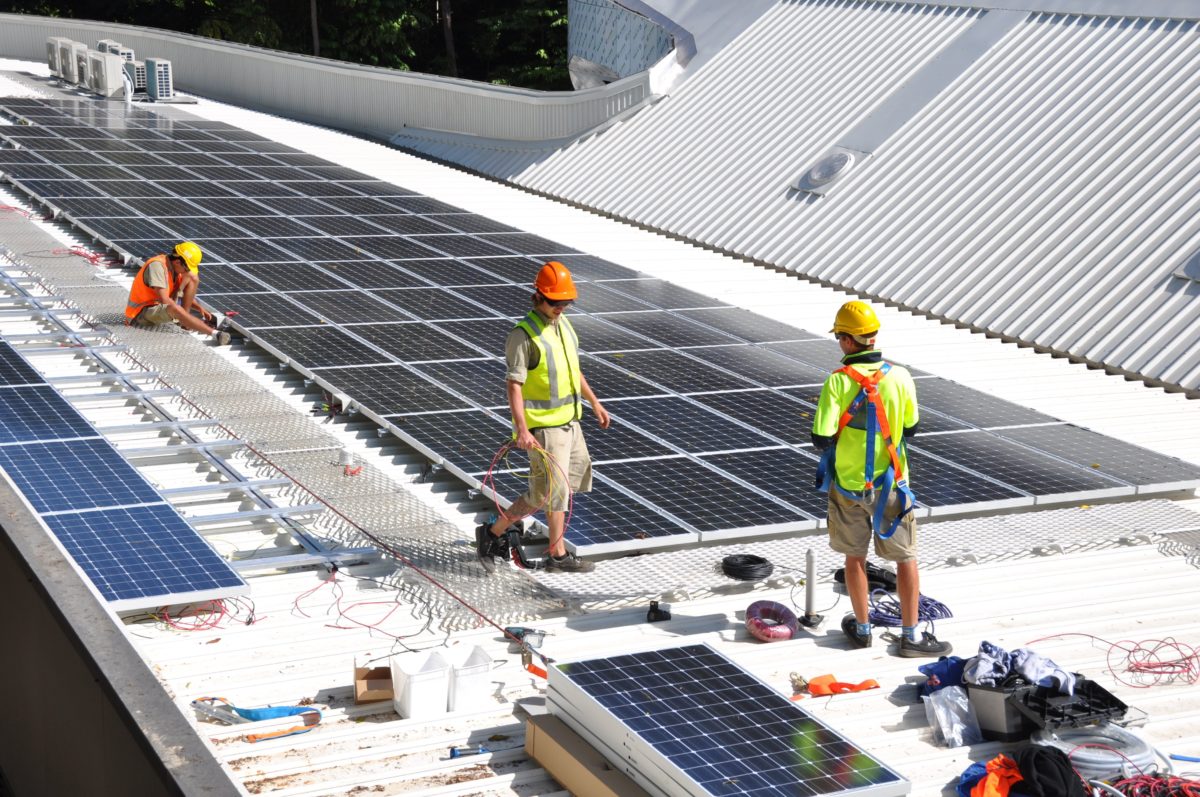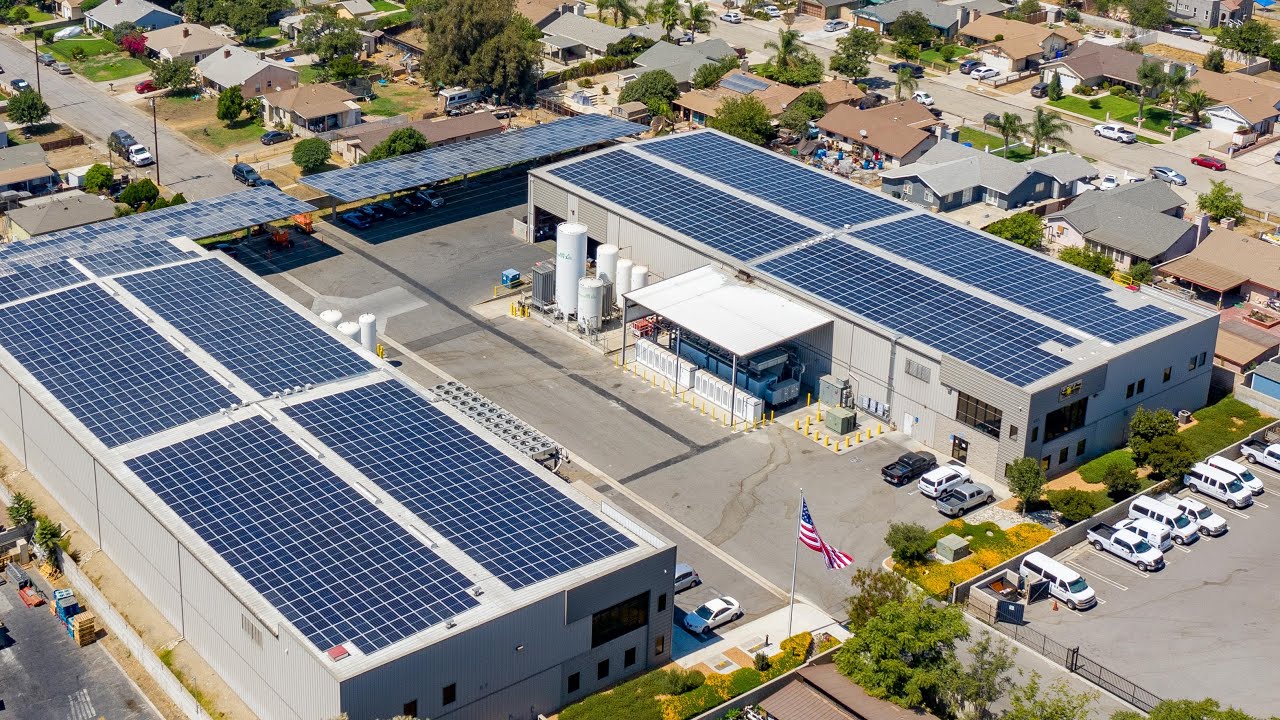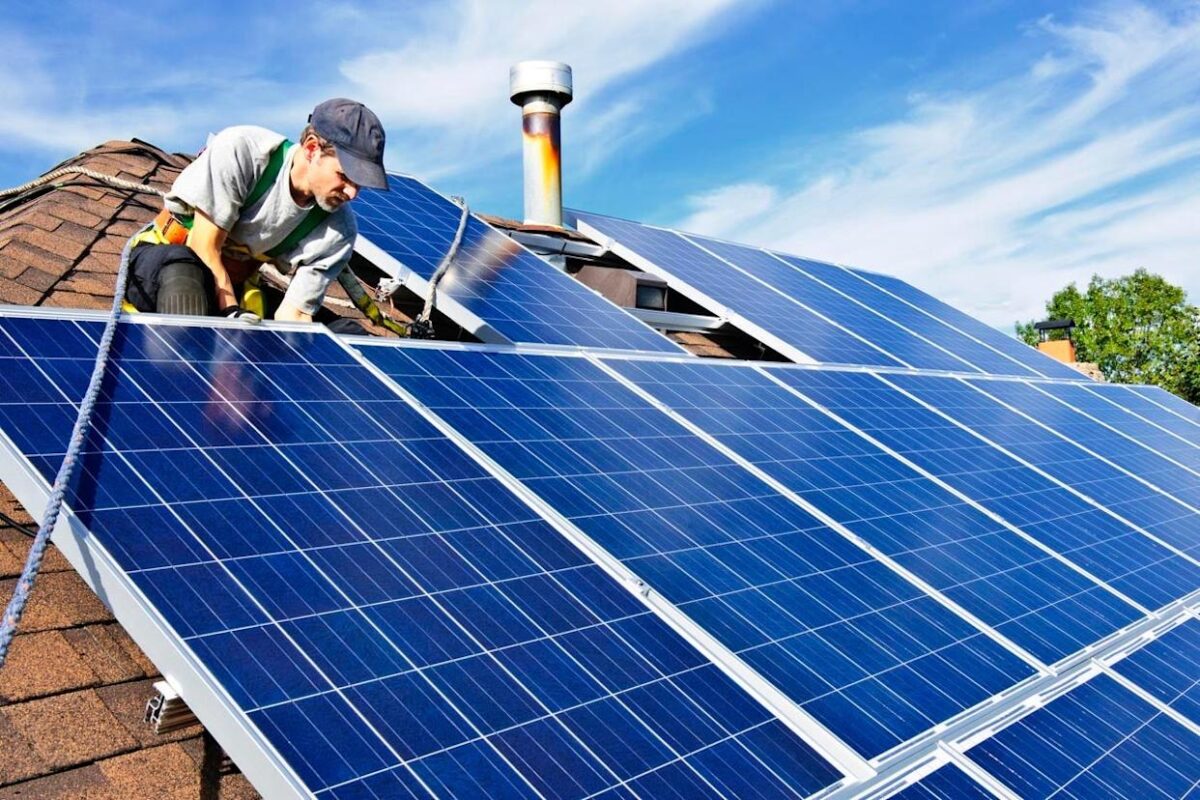Dubai offers a world-class solar resource and a tough operating environment at the same time: high irradiation, extreme ambient temperatures, coastal humidity, and persistent dust. The systems that work best here consider the climate first and only then the output and lifecycle cost. This guide explains how to select PV modules and inverters that comply with DEWA regulations, work effectively during 50°C summers, and provide reliable energy in corrosive, sand and salt-laden air. Yanvi Solar uses this knowledge daily on rooftops and carports, aiding clients in choosing the right technology and effortlessly passing DEWA approvals, partnering with trusted solar panel suppliers in Dubai for the highest quality equipment.
Why Dubai’s Climate Dictates Different Choices
Dubai’s code treats 50°C ambient as the design maximum for outdoor electrical equipment and demands that inverters withstand this heat with robust enclosure protection and minimal derating when installed properly shielded and ventilated. Pair that with soiling losses from dust and sand—shown in Middle East field studies to accumulate into double‑digit losses over weeks and months without cleaning—and the bill of materials and maintenance plan must work together to protect yield. DEWA’s eligibility lists and standards formalize this, requiring compliant modules, inverters, protection schemes, and harmonic data for grid connection under Shams Dubai and newer D33 initiatives.
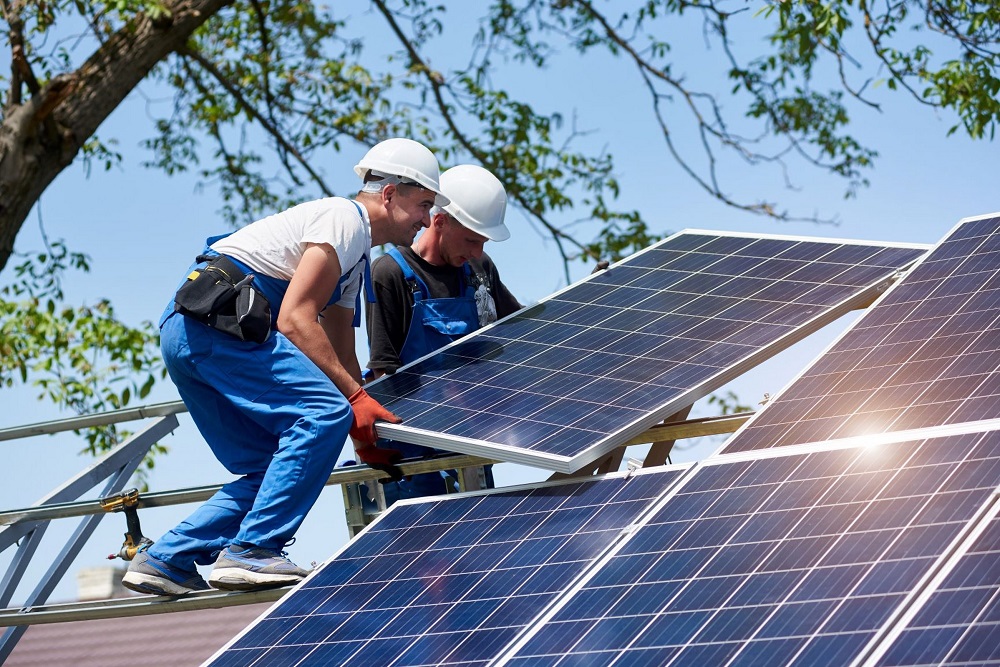
PV Module Selection—What Survives Heat, Dust, and Humidity
Temperature Coefficient and Hot-Climate Output
- Prioritize modules with a low power temperature coefficient (absolute value ~0.30–0.35%/°C) to limit output drop as cell temperature climbs above STC—common on Dubai rooftops.
- Expect cell temperatures well above ambient; mounting height and ventilation under the array materially influence cell temperature and summer yield.
Certifications and Build Quality
- Ensure IEC 61215/61730 certification and preference for modules designed for desert/high-UV regions; align with DEWA’s referenced international standards and Dubai’s safety expectations.
- Use strong glass and reinforced frames with UV-stable encapsulants to prevent yellowing and delamination under intense sunlight.
Soiling Resistance and Cleaning Strategy
- Consider anti‑soiling coatings, recognizing performance varies by site and dust type; plan O&M assuming potential double‑digit soiling losses over months without cleaning.
- Specify tilt to aid natural shedding and ensure safe access for periodic washing; schedule cleaning to local dust events rather than fixed calendars.
Module Architecture Choices
- Monofacial mono‑PERC or TOPCon modules with low tempco and high efficiency are a solid baseline for rooftops.
- Bifacial adds value on bright, reflective ground mounts; gains are limited on typical concrete roofs unless albedo is engineered.
- For coastal/industrial zones, select modules and hardware with enhanced corrosion resistance and seals; balance capex against avoided degradation.
Inverter Selection—Thermal, Environmental, and Grid Compliance
Thermal Performance and Enclosures
- Use IP65-rated inverters outdoors and at least IP54 indoors; shield from direct sun and provide ventilation.
- If an inverter cannot meet 50°C operation with ≤25% derating at design DC voltage, install in a cooled or effectively ventilated enclosure.
- Prefer models with published thermal curves showing limited clipping at 45–50°C and demonstrated GCC field service.
Grid Code, Protection, and Communications
- Select equipment that meets DEWA DRRG/Shams Dubai standards and appears on eligibility lists, including interface protection and harmonic performance.
- Under D33, ensure inverters support Modbus communications, PPC integration, and active/reactive setpoints for curtailment and power quality control.
- Keep certificates, type-test reports, and harmonic spectra ready for submissions.
Topology: String vs. Microinverters vs. Central
- High‑efficiency string inverters with multiple MPPTs suit most rooftops and simplify protection and PPC integration.
- MLPE (optimizers/microinverters) can reduce shading/soiling mismatch but add thermal stress points on hot roofs; weigh benefits vs. reliability and cost.
- Central inverters are rare for small/medium rooftops; for large sites, confirm enclosure ratings, ventilation, and protection per DEWA and site constraints.
Designing for Dust—Soiling Losses and O&M by Design
Engineering Choices That Cut Soiling Loss
- Optimize tilt for yield and runoff; add safe walkways and anchor points to reduce O&M time and risk.
- Route DC cabling and combiner placements for accessibility; design water access and drainage for routine washing aligned to local dust climatology.
Monitoring and Performance Baselines
- Use reference strings or on‑site soiling stations to quantify loss and trigger cleaning based on measured deviation.
- Track inverter thermal derating and alarms; if clipping rises with heat or dust, improve shading/ventilation or adjust cleaning cadence.
Step‑By‑Step: Shortlist the Right Modules and Inverters
- Define site envelope: roof type, shading, ambient extremes, coastal proximity; confirm DEWA pathway and D33 communications needs.
- Filter modules: IEC‑certified, low tempco, desert‑tolerant construction, GCC‑suitable warranties; review anti‑soiling options and serviceability.
- Filter inverters: on DEWA eligible list, IP65/IP54 compliant, 50°C thermal curves, PPC/Modbus support, harmonic data available; confirm reactive/active control features.
- Simulate yield and derates: include temperature and soiling losses from regional benchmarks; run sensitivity for cleaning intervals and summer operating temps.
- Plan O&M: define cleaning method, water access, safe access, and monitoring thresholds for soiling alarms; integrate into DEWA inspection documents.
- Submit for approval: compile certificates, harmonic spectra, interface protection details, SLDs, and datasheets per DEWA guidelines.
Compliance Essentials You Can’t Skip
- Enclosures & temperature: IP65 outdoors/IP54 indoors, shield from sun, meet ≤25% derating at 50°C or provide cooled/ventilated rooms.
- Safety & protection: DEWA interface protection, earthing/bonding, labeling, and power‑quality limits; align with DRRG standards and D33 control specs.
- Eligibility documentation: provide DEWA equipment eligibility evidence and harmonic data; use listed equipment to avoid delays.
Practical Tips from the Field in Dubai
- Elevate arrays for airflow—an extra 100–200 mm of clearance reduces cell temperature, improving summer output and longevity.
- Shade inverter faces and heat sinks; wall‑mount under canopies or in ventilated electrical rooms to reduce thermal clipping.
- Match MPPTs to strings by orientation/tilt; avoid mixing dusty and cleaner planes on the same tracker.
- Use UV‑rated, desert‑grade cables and enclosures; select materials suitable for sun, heat, dust, and salinity exposure.
- Document cleaning in monitoring; correlate post‑wash gains to set evidence‑based intervals by season and exposure.
FAQs—Fast Answers to Common Selection Questions
Which panel spec matters most in Dubai heat?
Power temperature coefficient—lower absolute values reduce heat‑induced losses during peak summer.
Do I need special inverters for DEWA?
Yes. Use IP‑rated enclosures, high‑temperature‑capable models, listed eligibility, compliant protection, harmonic data, and (under D33) Modbus/PPC for active/reactive control.
How big are dust losses if I don’t clean?
Field research in arid climates shows cumulative soiling can reach double digits over months; plan regular, safe cleaning to protect yield.
Can I install inverters outdoors?
Yes—if IP65, shaded from direct sun, and capable at 50°C with acceptable derating; otherwise, install in cooled or ventilated rooms/enclosures.
Working with the Right Partner
Selecting technology that performs in Dubai isn’t about chasing datasheet peaks—it’s about robust components integrated to local standards. An experienced solar suppliers in Dubai will translate DEWA rules into practical design decisions, anticipate dust and heat impacts, and build O&M into the system from day one. Yanvi Solar helps compare options from leading solar panel company in Dubai and inverter manufacturers, shortlisting gear that meets Shams Dubai/D33 criteria and stays productive through the harshest months.
Key Takeaways
- Pick modules with low tempco, desert‑tolerant construction, and service‑friendly layouts; plan for dust from the start with tilt, access, and cleaning strategies informed by monitoring.
- Select inverters on DEWA’s eligible pathway with IP65/IP54, strong thermal performance at 50°C, compliant protection, harmonic documentation, and D33 communications capability.
- Engineer for Dubai’s climate: shade and ventilate inverters, elevate arrays, use UV/saline‑resistant BOS components, and verify all against DEWA connection and safety guidelines.
With thoughtful selection and climate‑smart design, Dubai’s heat and dust become known variables—not costly surprises. That’s how projects keep generating through summer and pass inspections the first time. Yanvi Solar can evaluate a site, recommend a shortlist, and deliver a compliant, durable system that performs year after year alongside top‑tier solar company in Dubai partners.

